Disclosure: This article contains affiliate links. We may earn a commission from purchases at no extra cost to you, which helps our travel content.
Standing before the ochre-colored cave paintings of Laas Geel, my fingers tracing the air inches from 5,000-year-old depictions of cattle and human figures, I couldn't help but reflect on my own journey of cultural rediscovery. Somaliland—the self-declared independent region in northern Somalia—remains one of the most fascinating and least-visited corners of Africa, offering a treasure trove of historical sites that rival any ancient wonder I've encountered in my decades of travel. As someone who has spent a lifetime bridging cultural divides, I found unexpected resonance in this land that exists in a state of political limbo yet holds firm to its distinct identity and remarkable heritage.
Laas Geel: Africa's Best-Preserved Rock Art
Approximately 50 kilometers northeast of Hargeisa lies what many archaeologists consider Africa's most significant rock art site. Laas Geel (meaning 'water point for camels') consists of about 20 rock shelters adorned with remarkably preserved polychromatic paintings dating back to 3000-4000 BCE.
What struck me most wasn't just the artistic merit—though the stylized cows with elongated horns and human figures in ceremonial poses are undeniably beautiful—but the exceptional preservation. Unlike many ancient rock art sites I've explored from Thailand to the American Southwest, Laas Geel's paintings retain vibrant pigments of red, yellow, white and black, thanks to the overhanging rock formations that protected them from the elements.
Navigating to Laas Geel requires advance planning. You'll need to secure permits from the Ministry of Tourism in Hargeisa and hire an official guide and armed escort—non-negotiable requirements that actually enhance the experience through added context and security. I arranged everything through local tour operator, who handled all paperwork and logistics seamlessly.
The journey across the arid landscape requires a capable vehicle. My rented 4x4 SUV handled the rough terrain admirably, though the final approach involves a short hike up rocky terrain.
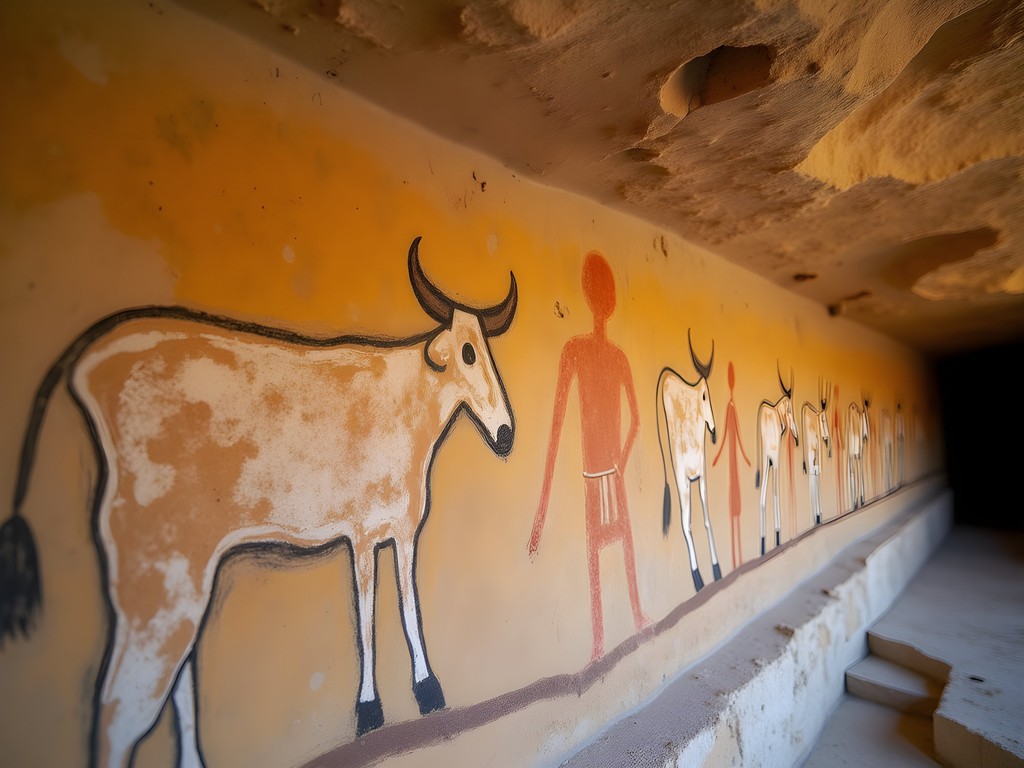
💡 Pro Tips
- Arrange permits at least 2-3 days before your planned visit
- Wear sturdy hiking boots as the terrain around the caves is uneven and rocky
- Visit early morning (7-9am) for the best lighting conditions for photography
Navigating Berbera's Ottoman Architecture
The coastal city of Berbera, about a three-hour drive north of Hargeisa, offers a fascinating architectural journey through Somaliland's complex colonial past. The Old Town district features a compelling mix of Ottoman, British, and traditional Somali architectural elements that have withstood both time and conflict.
Walking the narrow streets between whitewashed buildings with distinctive coral stone foundations, I was transported to another era. The Ottoman mosque with its elegant minaret stands as testament to the Turkish influence that once dominated this important Red Sea port. Nearby, British colonial administrative buildings with their distinctive verandas speak to the later European presence.
Preparing for Berbera's intense coastal heat requires thoughtful packing. My cooling towel proved invaluable during midday explorations, and I was grateful for my wide-brimmed hat which provided crucial sun protection while exploring the architectural details.
My guide, arranged through my hotel in Hargeisa, provided invaluable historical context that connected the architectural styles to the region's complex political history. Without his insights, I would have missed subtle details like the carved wooden door frames that indicate a building's original purpose and importance.
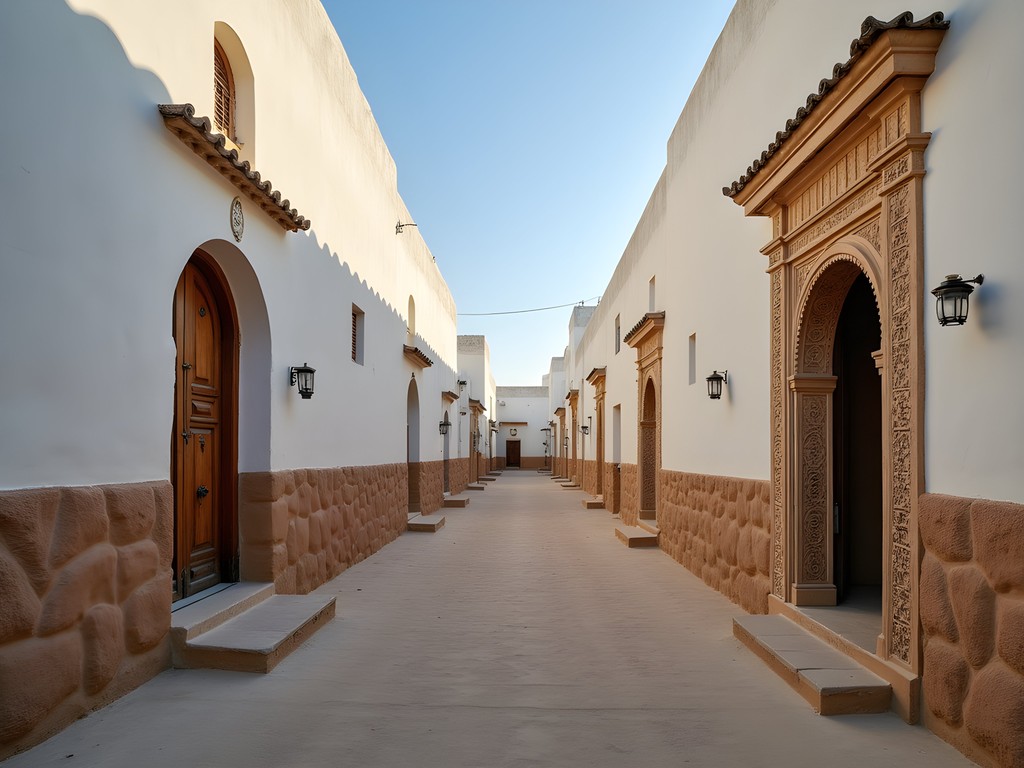
💡 Pro Tips
- Visit between 7-10am or 4-6pm to avoid the worst coastal heat
- Respect local customs by dressing modestly and asking permission before photographing people
- Bring small US dollar bills for entrance fees and tips (Somaliland uses both USD and local shilling)
Sheikh's Mountain Heritage
The mountain town of Sheikh, situated between Hargeisa and Berbera at an elevation of about 1,470 meters, offers both respite from the coastal heat and a window into British colonial history in Somaliland. The abandoned British Administrative buildings, including the former Governor's residence, stand as haunting reminders of the colonial era.
What makes Sheikh particularly interesting is how the British colonial architecture adapted to the mountainous environment. Unlike the coastal buildings in Berbera, these structures incorporate local stone with thicker walls for insulation against the cooler mountain temperatures. My compact thermometer registered a 15°C difference between Berbera and Sheikh during my winter visit—a welcome change that makes Sheikh an excellent base for exploring the region.
The winding mountain road to Sheikh demands careful driving but rewards travelers with spectacular vistas across the arid landscape. I stopped frequently to photograph the dramatic terrain, using my polarizing filter to cut through haze and enhance the stark beauty of the mountains.
Beyond the colonial buildings, Sheikh offers insights into traditional pastoral life. The surrounding hillsides are dotted with nomadic settlements, and the weekly livestock market provides a fascinating glimpse into an economic system that has sustained communities here for centuries.
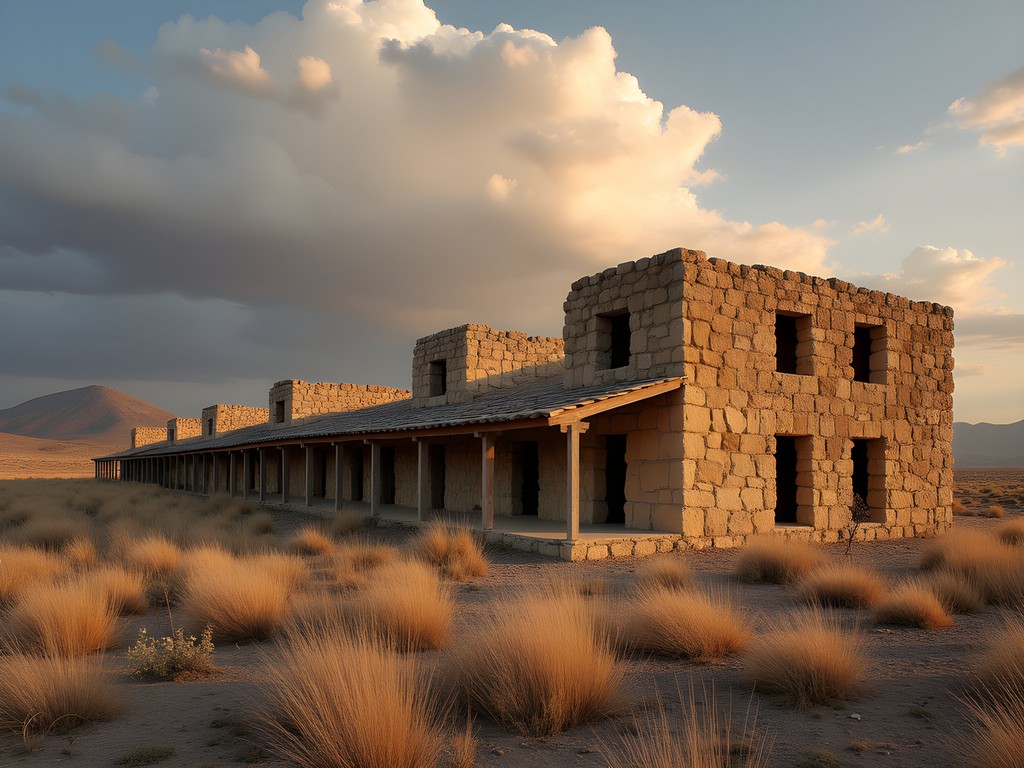
💡 Pro Tips
- Bring layers as mountain temperatures can drop significantly after sunset
- Allow extra time for the mountain drive as road conditions can be challenging
- Consider staying overnight at Sheikh Mountain Hotel to fully experience the change in climate and pace
Hargeisa's War Memorial and National Museum
Back in Hargeisa itself, two sites provide essential context for understanding Somaliland's modern identity. The War Memorial in the city center features a MiG fighter jet mounted on a plinth—a sobering reminder of the aircraft used to bomb civilians during the Somali Civil War. Standing beneath this instrument of destruction, now transformed into a monument of resilience, offers powerful perspective on Somaliland's journey to self-declared independence.
Nearby, the Saryan Museum houses a modest but significant collection of artifacts spanning the region's history from prehistoric times through the colonial era and independence struggle. What the museum lacks in high-tech displays it makes up for in authenticity and the passionate knowledge of its caretakers.
Documenting these powerful sites required thoughtful preparation. My waterproof notebook proved invaluable for recording observations and interviews in all conditions, while my portable power bank kept my devices charged through long days of photography and recording.
The museum's collection of traditional nomadic artifacts—including intricately designed portable homes that can be assembled and disassembled for migration—resonated deeply with my interest in how cultural identity persists through displacement, something I've explored in my own Korean-American journey.
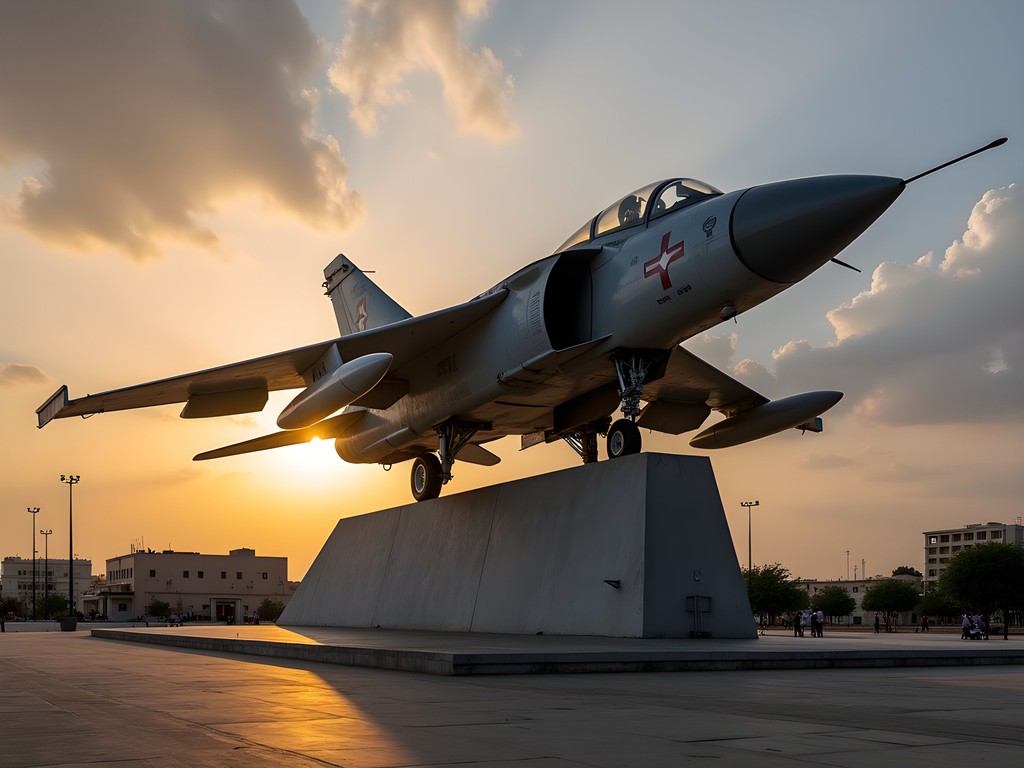
💡 Pro Tips
- Visit the War Memorial early or late in the day when the light dramatically highlights the aircraft
- Engage with museum staff who often have personal stories connected to the exhibits
- Consider hiring a local guide who can provide historical context beyond the limited English signage
Preparing for Cultural Immersion in Somaliland
Traveling through Somaliland requires preparation beyond the typical tourist destination. The region operates under strict Islamic customs, and respectful engagement with these practices enhances both safety and cultural experience. Women should plan to dress modestly with long skirts/pants and covered shoulders, while men should avoid shorts in public spaces.
Somaliland uses a combination of US dollars and Somaliland shillings. I found carrying crisp, newer USD bills essential, as torn or older bills are often rejected. For local currency transactions, I used a money belt to securely carry larger amounts of the bulky Somaliland shillings required for everyday purchases.
My satellite communicator provided peace of mind in remote areas where cellular coverage is nonexistent. This compact device allowed me to maintain emergency communication capabilities and share my location with family back home—an essential safety measure when exploring archaeological sites far from population centers.
Arranging a reliable driver/guide in advance is non-negotiable. Not only is it required for many sites, but a knowledgeable local guide transforms the experience from simple sightseeing to meaningful cultural exchange. My guide shared personal stories of growing up during the civil war period that provided context impossible to gain from guidebooks alone.
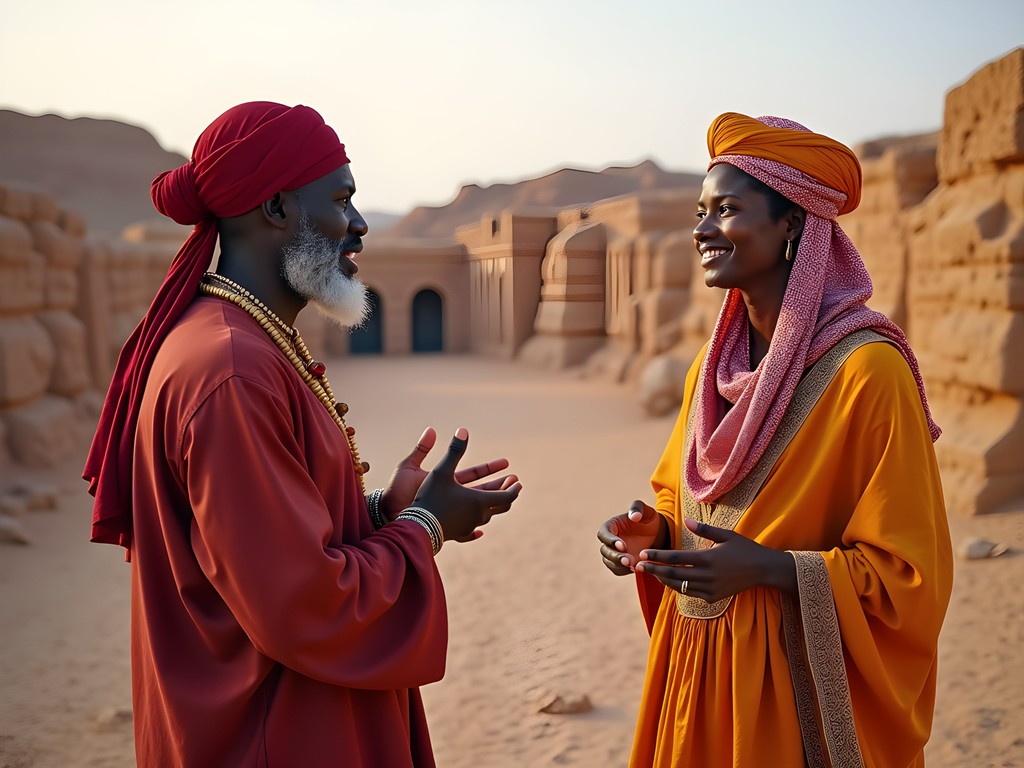
💡 Pro Tips
- Exchange some USD for local shillings upon arrival for small purchases where bargaining is expected
- Download maps and translation apps before arrival as internet connectivity is limited
- Respect prayer times when planning site visits, particularly Friday afternoons
Final Thoughts
As I departed Somaliland after an intensive week of exploration, I carried with me not just photographs of ancient cave paintings and colonial architecture, but a profound appreciation for a place that exists in a peculiar limbo—unrecognized internationally yet functioning with remarkable stability and pride. The historical sites near Hargeisa offer more than archaeological interest; they provide a lens through which to understand resilience, cultural persistence, and the complex interplay of indigenous and colonial influences.
For couples seeking an adventure beyond conventional tourism, Somaliland delivers authentic experiences increasingly rare in our homogenized world. The effort required—securing permits, arranging transportation, adapting to local customs—yields rewards that mass tourism destinations simply cannot match: sites without crowds, genuine cultural exchanges, and the satisfaction of witnessing history relatively untouched by commercial development.
As someone who has spent a lifetime navigating between cultures, I found unexpected resonance in this land that maintains its distinct identity despite external pressures. Perhaps that's the most valuable souvenir from Somaliland—a reminder that cultural heritage endures, even when political recognition does not.
✨ Key Takeaways
- Somaliland's historical sites offer remarkable preservation with minimal tourist infrastructure
- Advance planning including permits and guides is essential but yields authentic experiences
- The combination of ancient rock art and colonial architecture provides a comprehensive view of the region's complex history
- Cultural sensitivity and respect for local customs enhances both safety and meaningful engagement
- Winter visits provide ideal temperatures for exploring both coastal and mountain sites
📋 Practical Information
Best Time to Visit
November through February (winter)
Budget Estimate
$80-120 per day including accommodation, guide, and transportation
Recommended Duration
7-10 days
Difficulty Level
Challenging
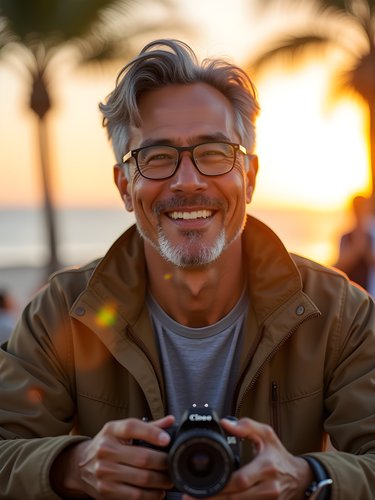
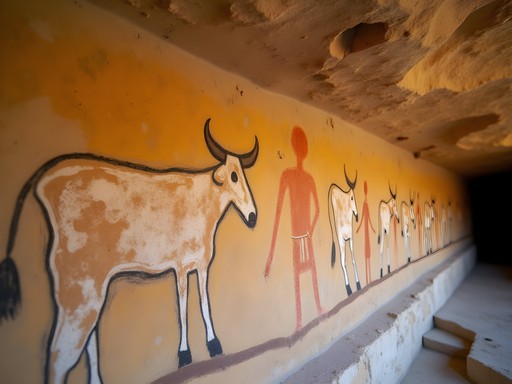
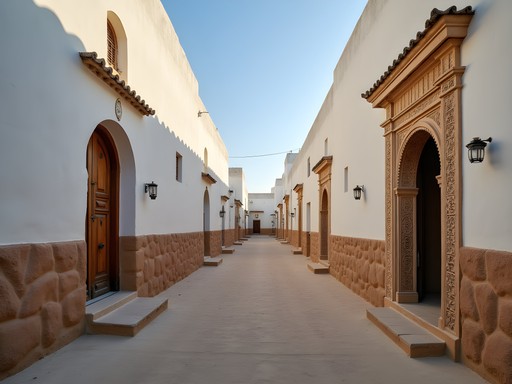













Comments
waveperson
How did you arrange transport between sites? Is it possible to do this trip independently or better with a guide?
Stephen Martin
I hired a driver/guide through my hotel in Hargeisa - definitely the way to go. Independent travel outside the city requires permits and mandatory armed escorts. Most hotels can arrange everything for around $100-150/day including transport, guide and permits. Well worth it for the local knowledge alone!
waveperson
Thanks! That's actually more affordable than I expected. Looking forward to planning my trip now!
wandermate
Adding this to my bucket list! Never considered Somaliland before.
Sophia Gomez
Stephen, your post brought back so many memories! I visited Somaliland last year while working on a development project. The contrast between Hargeisa's bustling markets and the serene silence at Laas Geel is what makes this region so special. One tip for readers: when visiting Sheikh's mountain heritage sites, the weather can change dramatically compared to Hargeisa - bring layers! The Ottoman architecture in Berbera was a highlight for me too, especially seeing how it blends with local building traditions. The caretaker at the old Ottoman port had fascinating stories about the maritime silk road connections. Did you get a chance to visit the frankincense markets? The scent is unforgettable!
Stephen Martin
I did visit the frankincense markets! Absolutely magical experience. You're right about Sheikh's weather - I was caught off guard by how chilly it got in the evening. The caretaker at the Ottoman port was probably the same gentleman I met - his historical knowledge was impressive!
moonphotographer
Those cave art photos are stunning! What camera settings did you use to capture the details without damaging the art? I'm an amateur photographer hoping to visit some historical sites this year and would love some tips.
Stephen Martin
Thanks! I used natural lighting only (no flash as it can damage the pigments) with a tripod for stability. Shot at ISO 400, f/8, with varying shutter speeds. My camera stabilizer was essential for the darker caves. The guides are very particular about keeping a safe distance from the art, so a good zoom lens helps too.
Hunter Thompson
Brilliant write-up Stephen! I was in Hargeisa last year and Laas Geel absolutely blew my mind. For anyone planning to visit, definitely arrange your permits in advance through the Ministry of Tourism in Hargeisa - they're strict about it but the process is straightforward. The local guides are incredibly knowledgeable and passionate about preserving their heritage. I'd recommend spending at least 2-3 hours at the site to fully appreciate the different cave chambers and the incredible detail in the paintings. The ochre and white colors have survived remarkably well considering their age!
waveperson
How was the security situation when you visited? I've heard mixed things about traveling in Somaliland.
Hunter Thompson
Surprisingly good! Somaliland is quite separate from Somalia proper and much safer. You do need an armed guard when traveling outside Hargeisa (it's mandatory), but it's more of a formality and employment program. Everyone I met was incredibly welcoming. Just respect local customs, dress modestly, and you'll have no issues.
travelwalker
Wow! I had no idea Somaliland had such incredible cave art. Those 5,000-year-old paintings look amazing in your photos!
Douglas Bradley
Stephen, this is precisely the kind of coverage that challenges our preconceptions about regions like Somaliland. I documented similar sites last year and was struck by the disconnect between external perceptions and ground reality. The historical layering in this region is extraordinary - from ancient rock art to Ottoman influences and British colonial remnants. One aspect I'd emphasize for readers considering a visit: the visa process at Hargeisa airport is straightforward but bring USD in cash (crisp bills only), as there are no ATMs that accept foreign cards. Also, the War Memorial with the fighter jet is a profound reminder of the region's struggle for recognition. Did you get a chance to speak with any locals about their perspectives on independence and international recognition?
Stephen Martin
Thanks Douglas! Excellent point about USD - I should have mentioned that. And yes, conversations about recognition came up naturally with almost everyone I met. There's immense pride in their de facto independence and frustration about lack of international recognition despite maintaining stability for decades. My guide had fascinating perspectives on how this limbo affects development opportunities.
springphotographer
Amazing photos of the cave art! Any tips for photographing in those lighting conditions?
Stephen Martin
Thanks! The cave openings provide beautiful natural light in the morning. I'd recommend visiting before noon, bringing a tripod for the darker sections, and using a polarizing filter to manage the contrast between the shadows and bright openings.
springphotographer
Super helpful, thanks! Did you need any special permission to use a tripod there?
Stephen Martin
No special permission needed for a regular camera tripod, but they're pretty strict about not touching the art and keeping a respectful distance.
freerider
Did you need special camera equipment for the cave shots? Planning a trip and wondering what gear to bring.
Stephen Martin
Nothing too special! A decent camera with good low-light performance helps inside the caves. I used my mirrorless camera with a wide-angle lens. A small tripod came in handy for the darker corners without using flash (which they ask you to avoid).
Savannah Torres
What an incredible post! We visited Somaliland last year with our teenage kids and Laas Geel was the absolute highlight. The caretaker there told us stories about how the site remained virtually unknown to the outside world until 2002! The kids were amazed that something so significant could stay hidden for so long. We also loved the War Memorial in Hargeisa - sobering but important. One tip for families: we brought our solar charger which was super helpful since power can be spotty. Stephen, did you make it to the camel market? That was another unexpected highlight for us.
Stephen Martin
Thanks Savannah! Yes, I did visit the camel market - what a sensory experience! I'm impressed you took your teenagers there, what a fantastic educational experience for them. Did you visit Sheikh as well?
Savannah Torres
We didn't make it to Sheikh unfortunately - ran out of time! One more reason to go back someday. The kids still talk about Somaliland all the time - definitely opened their eyes to a part of the world that rarely makes the news for positive reasons.
Venture X
Premium card with 2X miles, $300 travel credit, Priority Pass